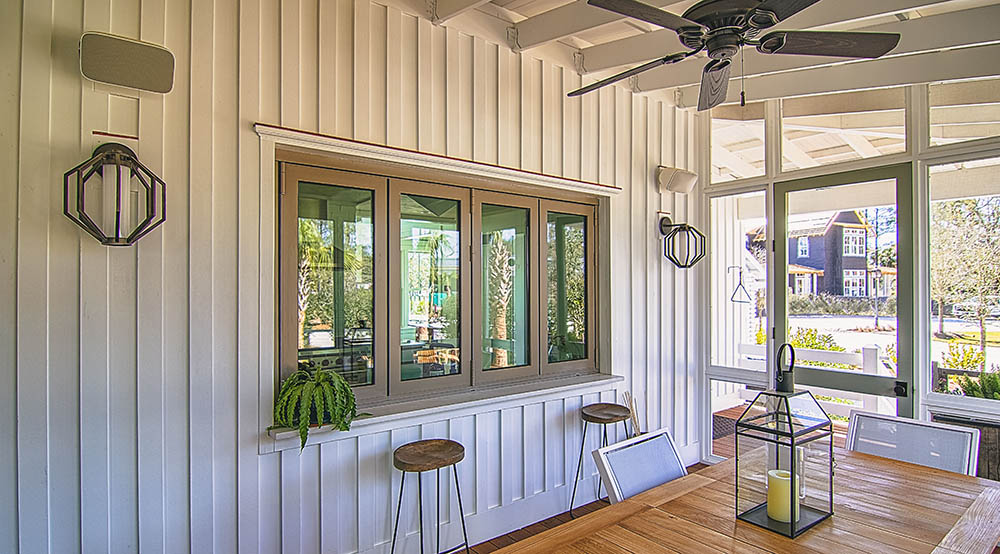Maximizing Safety and Monitoring Effectiveness Via Strategic Security CCTV Placement in Commercial Settings
Maximizing Safety and Monitoring Effectiveness Via Strategic Security CCTV Placement in Commercial Settings
Blog Article
In current retail settings, safety is a top concern for store proprietors and supervisors. A efficient way to improve security and surveillance is through the strategic placement of surveillance video cameras. Such devices not only help prevent shoplifting and vandalism but also offer crucial proof in case of incidents. By recognizing the optimal locations for camera placement, store owners can maximize their effectiveness and foster a safer retail experience for shoppers and employees alike.
The initial step in effective camera placement is to locate high-risk zones within the store. Such locations often consist of entrances and exit points, cash counters, and aisles where expensive items are showcased. By installing cameras in these areas, store owners can observe shopper behavior and spot questionable activities. Additionally, cameras at entrances can record images of individuals entering and leaving the retail space, which is crucial for identifying potential thieves. This preventive strategy helps in reducing loss and guaranteeing a safe environment.
A further key factor is the type of camera used in the retail environment. Various types of cameras fulfill distinct functions. For instance, dome-shaped cameras are often used for indoor monitoring because they are more noticeable and can cover a wide area. Conversely, bullet-style surveillance cameras are best for outdoor application, as they are more visible and can deter criminal activity. Store owners should assess their particular needs and choose the suitable camera types to ensure complete monitoring of the store.
In addition to surveillance camera types, the angle and elevation at which surveillance devices are installed have a crucial part in their effectiveness. Cameras should be set at a level that allows for clear visibility of individuals and actions without being readily manipulated with. A common recommendation is to install surveillance devices at least 8 to 10 feet off the floor. Furthermore, cameras should be tilted to monitor as much space as feasible while preventing areas without coverage. This strategic placement you could try this out guarantees that all areas of the store are monitored, providing a complete perspective of customer engagements and possible security threats.
Ultimately, it is crucial for retailers to regularly assess and service their surveillance systems. This includes inspecting surveillance device functionality, ensuring that recordings are clear, and updating software as needed. Routine upkeep aids to prevent mechanical problems that could compromise security. Additionally, store owners should analyze footage regularly to spot trends in customer actions and possible security risks. By remaining vigilant and attentive to their surveillance equipment, retailers can create a more secure retail environment and protect their resources efficiently.